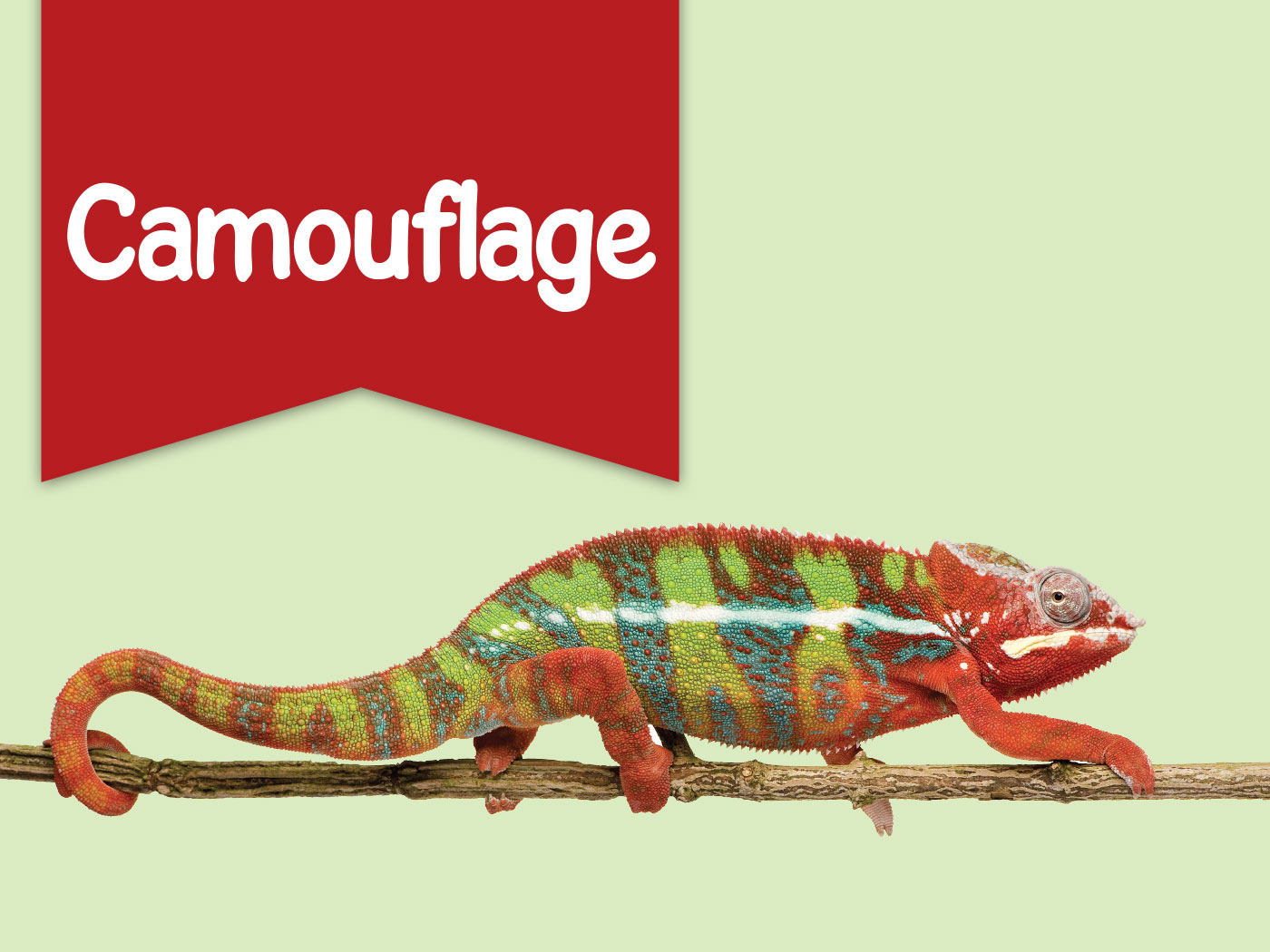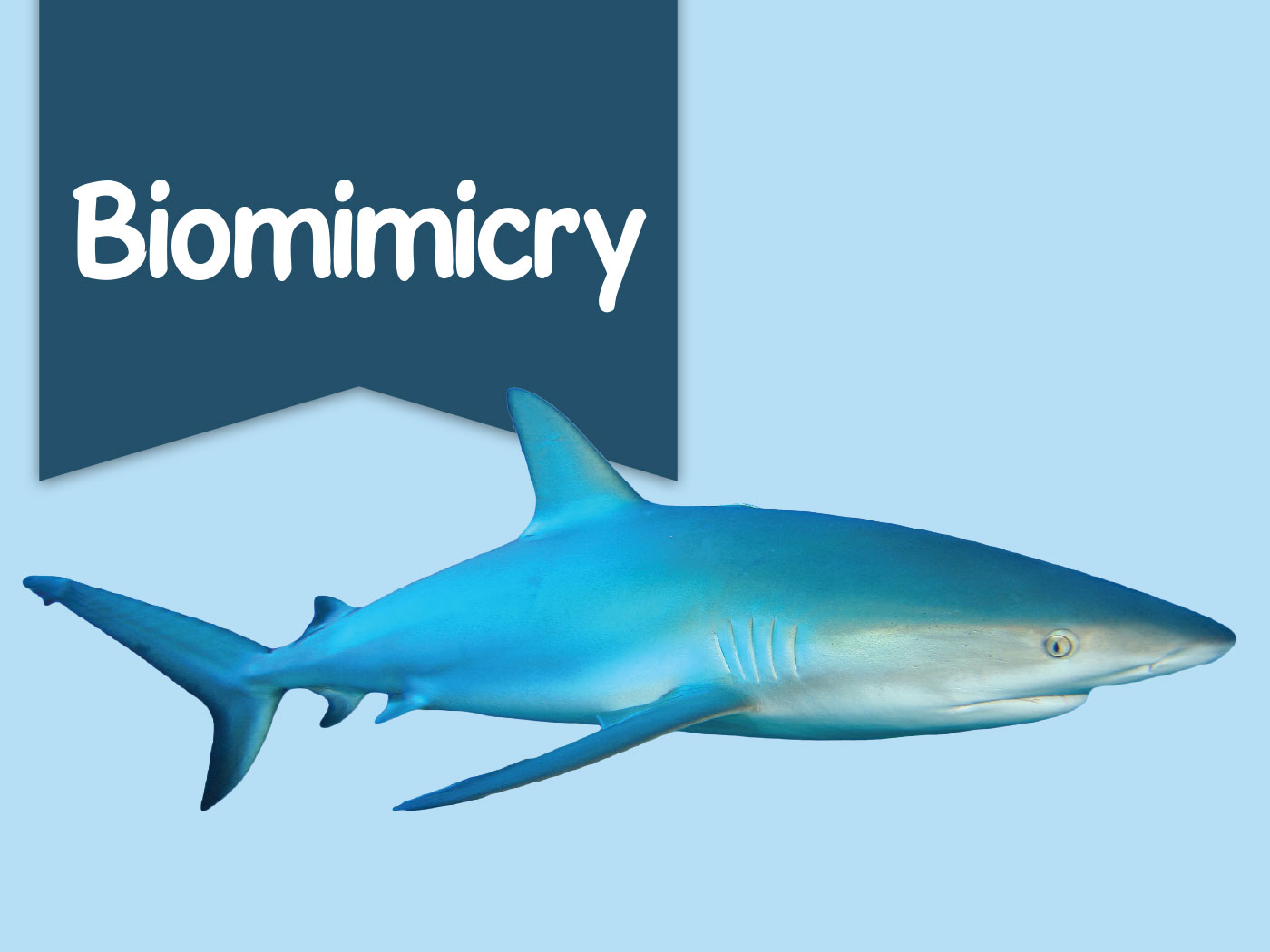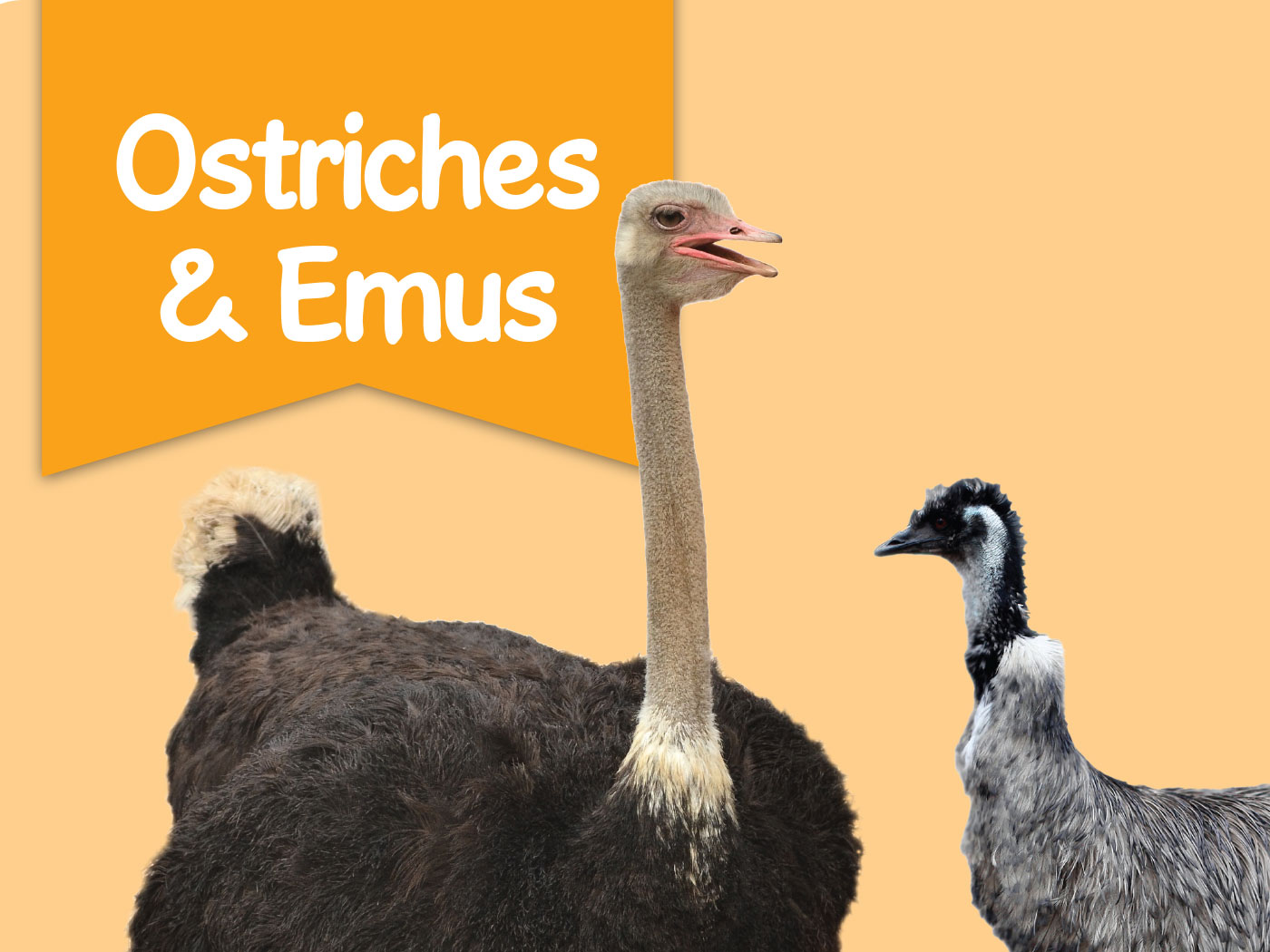Charles Darwin proposed "natural selection" as the means by which new creatures evolve. The question then became, what does nature select? The reigning consensus is that nature selects individuals with genetic mutations, and that this eventually leads to the development of new life forms.
Few experiments, however, have tested whether or not nature could actually select a new trait even if it were developed. A new study has finally tested the concept of natural selection --and the results wouldn't make Darwin happy.
Despite evolutionary biologists' faith in the natural selection process, no experiment has ever demonstrated that mutations build new genetic information resulting in a new selectable trait--not even in bacteria, which can undergo tens of thousands of generations within just years.1 Leaving the question of mutations aside, a new experiment published in Nature explored whether nature, in the form of certain predators, could select lizard traits.2
The study's scientists set up different environments for separate populations of brown anole lizards on six islands, each with a different population density. One island had birds as predators, another had snakes, and others had no predators. The scientists wanted to see whether or not predation (nature) was effective at causing (by selecting) different traits to become dominant or to even appear out of nowhere in the lizards.
The only difference that the predators made was that they ate lizards. So, there were fewer of them. On the bird-inhabited island, the lizards did spend more time clinging to the bottom of branches, but this was probably a behavior they already knew. The smaller population ended up with less diversity of body form than their forebears. The group that enjoyed the most variation in traits was the one with no predators and with the most individual lizards.
Thus, natural selection of these lizards by predation not only did not produce new traits or variations, it actually diminished them! In accordance with recent doubts about the supposed power of natural selection, this research showed that in the real world, it may actually accomplish the opposite of what Darwin described.3
This makes good sense if the driving force behind generating variations within a stable, reproducing kind between generations is internal. Perhaps it comes from that creature's genetic or cellular wiring. But this would mean that the engineering evident in adaptive designs in creatures came from a personal Designer, not from random effects of the environment.
And without random acts of nature selecting or random mutations generating meaningful changes, anole lizards would have to be non-random creations of God.
Natural selection by predation did not produce new anole lizard traits, let alone a new organ or whole creature. Has it ever produced a different version of anything?
References
- Skeptics might object that some bacteria acquired the ability to digest nylon, and other bacteria involved in a 20-year study acquired the ability to digest citrate. But both of these new abilities arose from the breakdown of already existing enzymes, which as a result have lost substrate specificity. Thus, not only have mutations never built a new trait, they have not built even a single new and useful enzyme.
- Calsbeek, R. and R. M. Cox. 2010. Experimentally assessing the relative importance of predation and competition as agents of selection. Nature. 465 (7298): 613-616.
- Guliuzza, R. 2010. Natural Selection is Not "Nature's Design Process." Acts & Facts. 39 (4): 10-11.
* Mr. Thomas is Science Writer at the Institute for Creation Research.
Article posted June 4, 2010.













